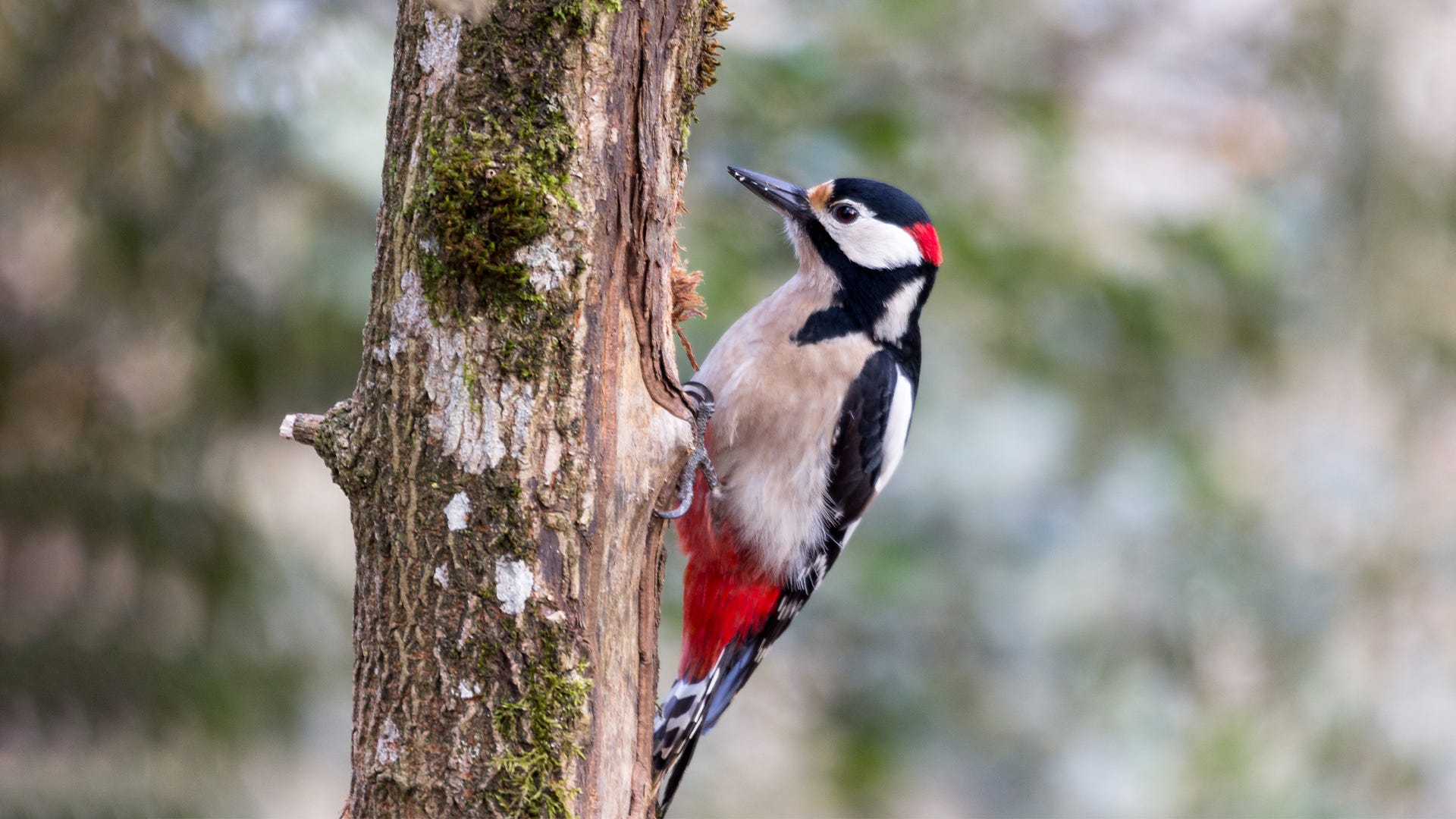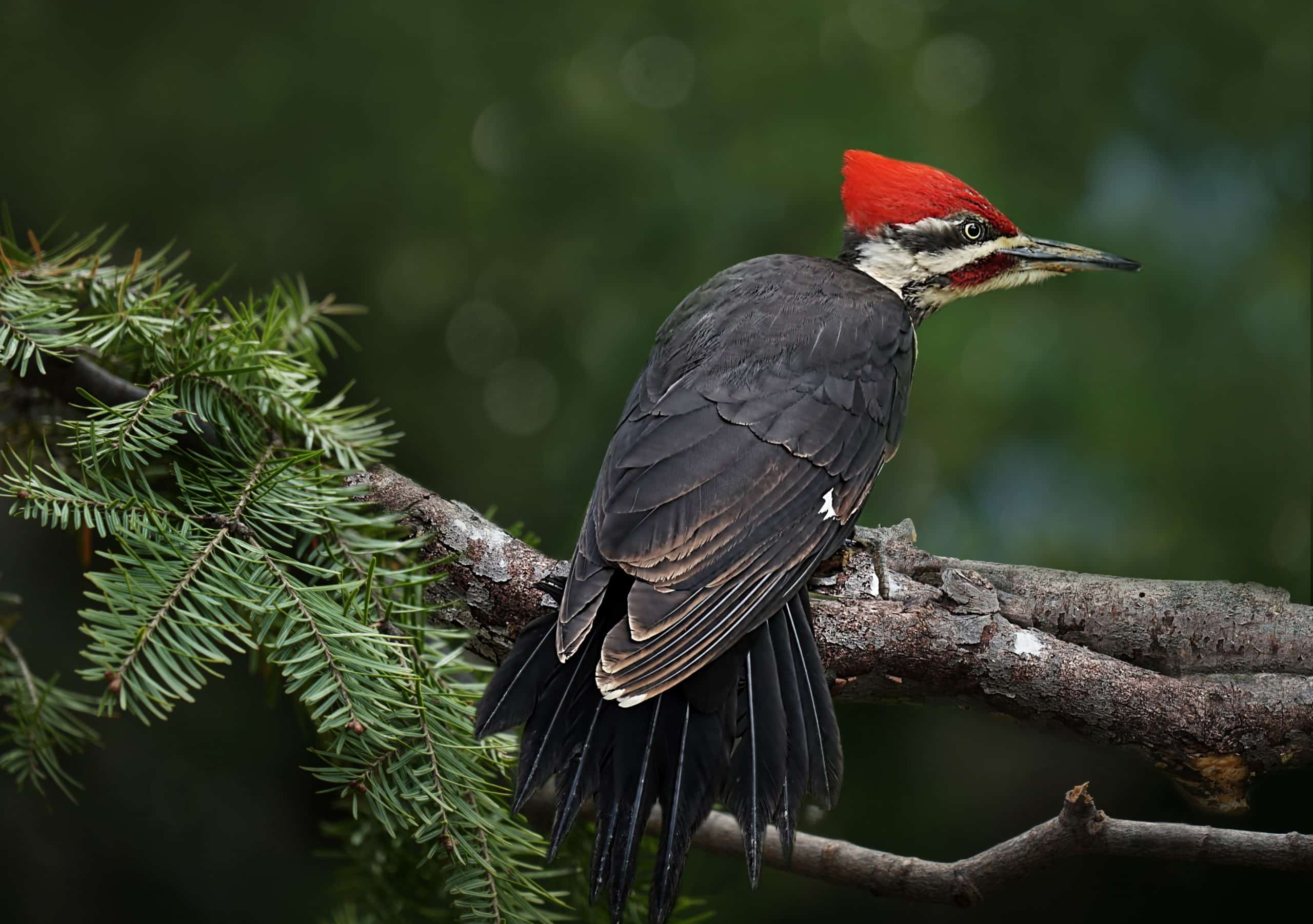Discover the Remarkable World of Woodpeckers: Everything You Required to Know
The globe of woodpeckers is a world loaded with distinct behaviors, detailed adaptations, and a varied variety of species. From their environments and distribution patterns to their feeding behaviors and specialized anatomical features, woodpeckers have actually long captivated the passion of ornithologists and nature fanatics alike. Recognizing the complexities of these fascinating birds gives a peek right into the complicated interaction between their biology and the atmosphere. As we explore the world of woodpeckers further, we discover a wide range of info that clarifies their significance in ecological communities and the difficulties they face in an ever-changing world.
Woodpecker Habitats and Circulation
Woodpeckers populate a diverse series of atmospheres worldwide, showcasing adaptability in their circulation patterns. These resistant birds are located in woodlands, timberlands, savannas, and deserts throughout numerous continents, showing their capacity to grow in various climatic conditions. In North America, for instance, woodpeckers can be spotted in both coniferous and deciduous forests, using their solid beaks to forage for pests and develop nesting dental caries in trees. In a similar way, in Africa, specific woodpecker types have adapted to dry settings, such as the acacia timberlands, where they play a crucial role in regulating insect populaces.

Feeding Behaviors and Diet Plan
Woodpeckers utilize their solid beaks to pierce right into the bark of trees, probing for insects and larvae concealed underneath the surface area. In addition to insects, woodpeckers additionally consume nuts, seeds, fruits, and sap.
Woodpeckers are recognized for their drumming habits, which serves not only to connect with various other woodpeckers yet likewise to find food. The rapid drumming audio is produced by the bird pecking on resonant surface areas like dead trees or metal poles. This actions can draw in insects concealed in the wood, permitting the woodpecker to detect their visibility and feed upon them.
Unique Adjustments for Tree Climbing
In their adept pursuit of bugs concealed within tree bark, woodpeckers have actually developed amazing physiological attributes that equip them with one-of-a-kind adaptations for effective tree climbing. Woodpeckers have strong neck muscle mass and an unique skull framework that take in the impact of constant pecking, enabling them to climb up vertically without causing harm to their minds. These adaptations showcase the incredible transformative design that enables woodpeckers to navigate trees with precision and performance.
Diverse Woodpecker Variety Worldwide
With over 200 different varieties spread across different environments worldwide, the family members of Picidae includes an exceptional variety of woodpeckers. These birds can be found in forests, woodlands, savannas, and even metropolitan locations, showcasing their flexibility to various atmospheres. From the legendary Northern Flicker in North America to the colorful and elusive Crimson-backed Flameback in Asia, each resource woodpecker species shows special qualities in terms of quill, habits, and habitat choice.
Woodpeckers vary considerably in size, with the diminutive Downy Woodpecker determining around 6-7 inches in length, while the powerful Lineated Woodpecker can rise to 17 inches - Woodpeckers in Florida. Their beaks likewise can be found in different forms and dimensions, mirroring their feeding practices. Some types focus on drawing out pests from tree bark, like the Acorn Woodpecker, while others, such as the Black-cheeked Woodpecker, prey on fruits and seeds

Preservation Efforts and Challenges
Preservation efforts for woodpecker populaces are crucial in alleviating the influence of habitat loss and various other dangers encountering these varied avian species. Woodpeckers face numerous challenges to their survival, mainly as a result of deforestation, urbanization, climate adjustment, and invasive species. To deal with these issues, preservation initiatives concentrate on safeguarding and restoring woodpecker environments, applying sustainable forestry practices, and elevating awareness regarding the relevance of these birds in ecosystems.
One substantial challenge in woodpecker conservation is the fragmentation of their habitats, leading to isolated populaces that are a lot more at risk to termination - Woodpeckers in Florida. Preservationists function to create wild animals corridors and safeguarded areas that attach these fragmented environments, permitting woodpeckers to move between different areas for feeding, breeding, and sanctuary

Conclusion
In learn the facts here now verdict, woodpeckers are interesting birds with unique adjustments for tree climbing and feeding habits. Additional research study and conservation activities are required to make sure the survival of woodpeckers in the wild.
Comments on “Recognizing Woodpeckers in Florida: Habits, Types, and Habitats”